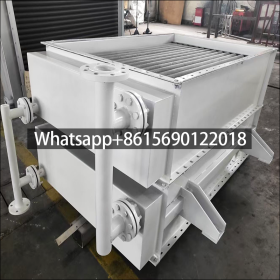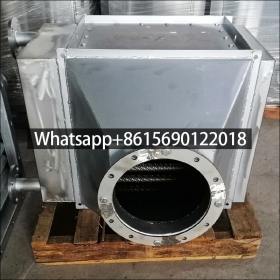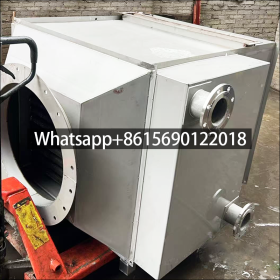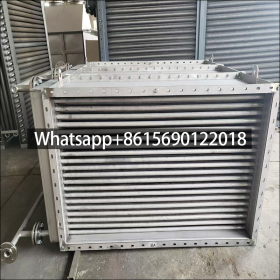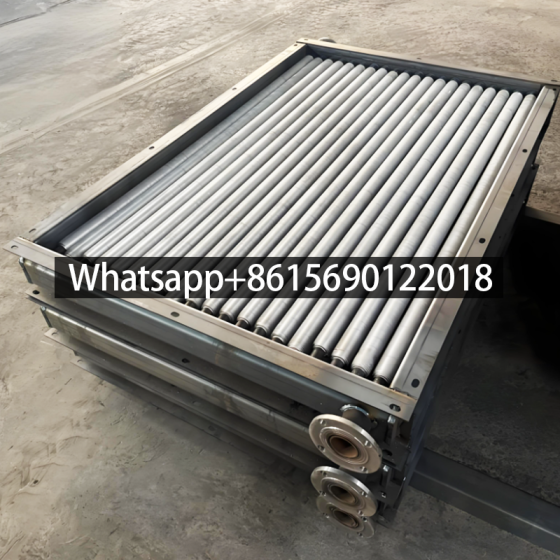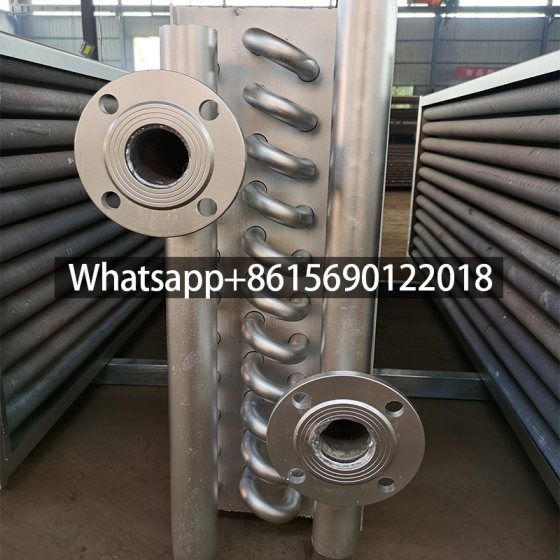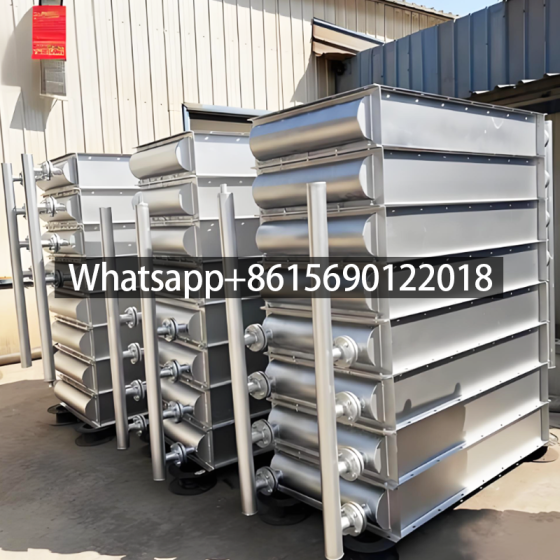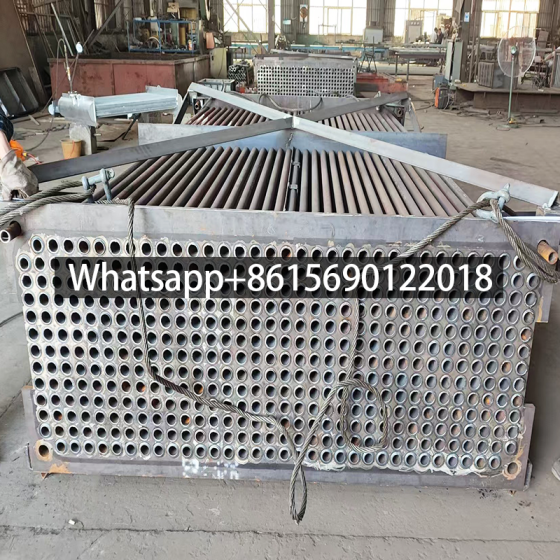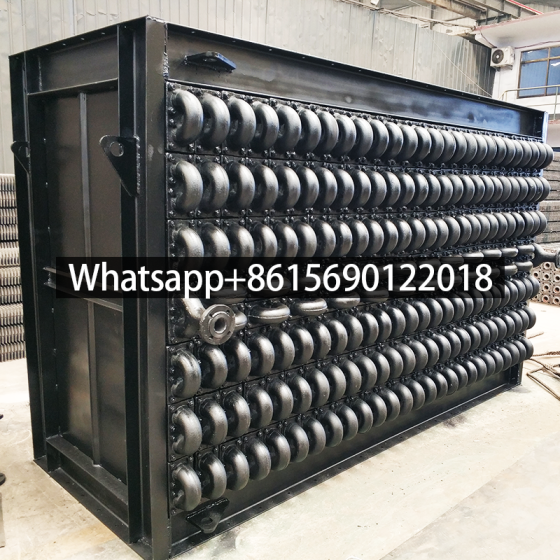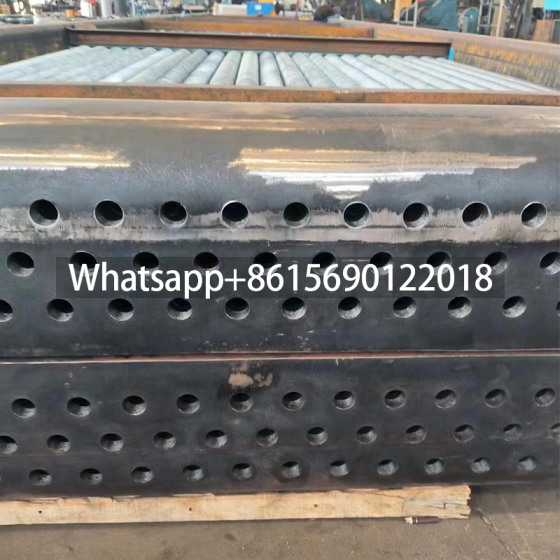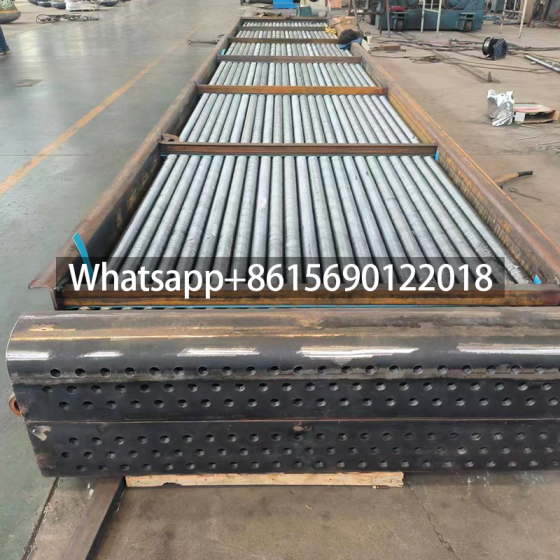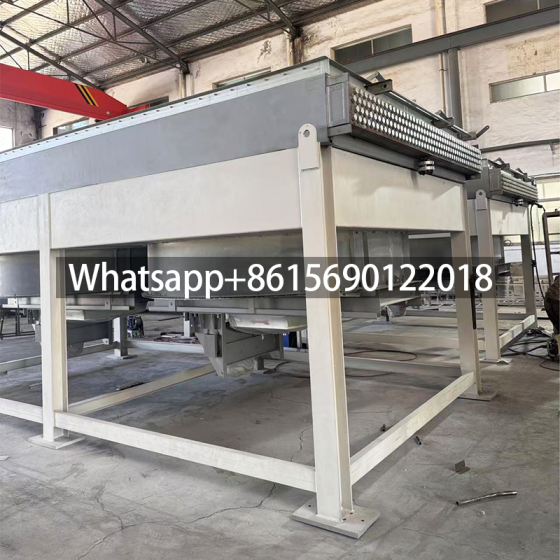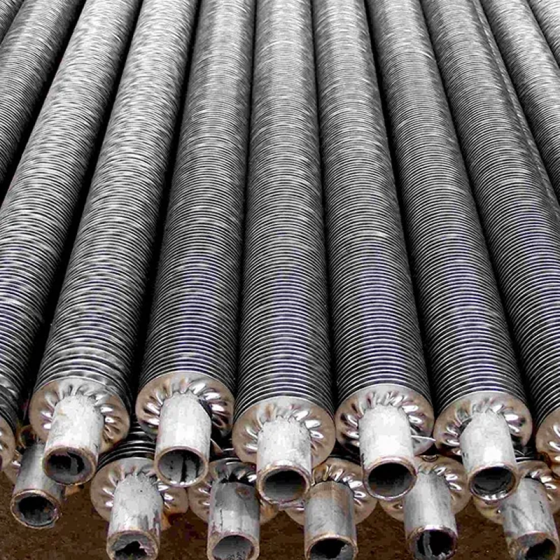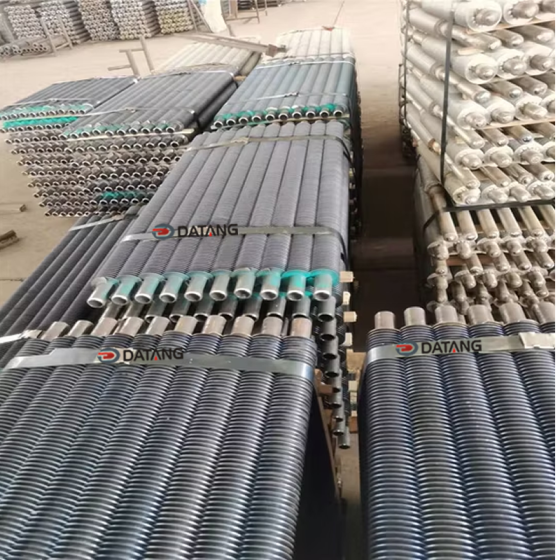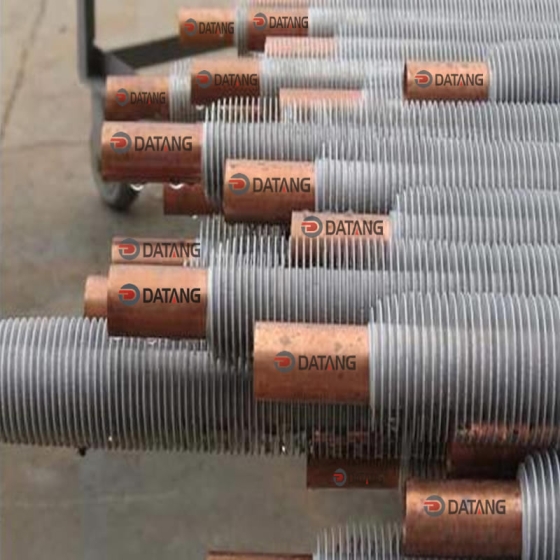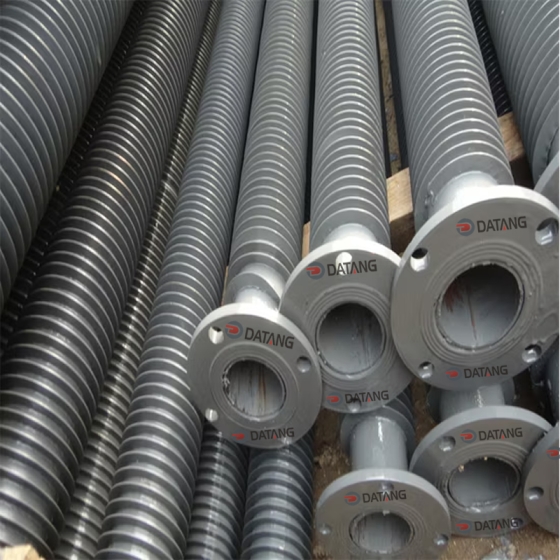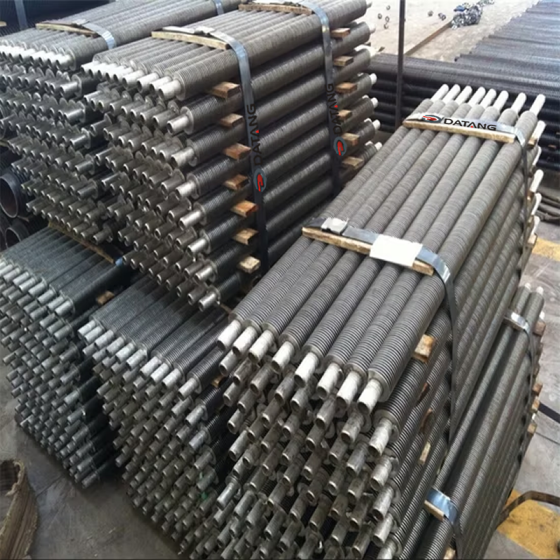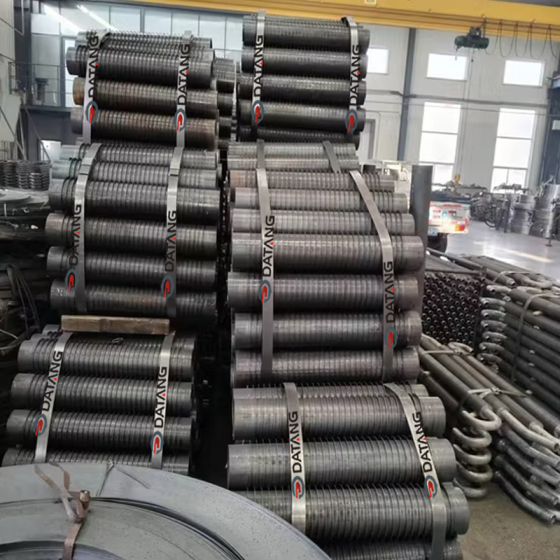LL Type Aluminum Fin Tube Heat Exchanger for Cryogenic Systems is a heat exchanger that uses aluminum fin tubes as heat transfer elements, and is mainly used for heat exchange in low temperature environments. Its core components include aluminum fin tubes and aluminum extruded fins, which are fused by brazing process and have high mechanical strength and compactness.
Here is the English translation of the supplemental specifications for LL-type aluminum finned tubes, presented in a table format:
LL-Type Aluminum Finned Tubes: Production Specifications
| Category | Parameter | Value / Specification |
|---|---|---|
| Base Tube | Material | Seamless Carbon Steel Tube (GB/T8163 Standard), Tensile Strength ≥ 300 MPa |
| Common Diameters (mm) | 20, 25, 32, 42, 60, 76, 89, 108/114 | |
| Fin | Material | Aluminum |
| Thickness (mm) | 0.3–0.5 | |
| Height (mm) | 15 (Recommended efficiency balance) to 25 (Requires high-thermal-conductivity aluminum) | |
| Spacing (mm) | Low-fouling environments: 4–6 Medium-fouling: 8 High-fouling: ≥10 |
|
| Configuration | Row Arrangement | 2-row (Height: 180 mm), 3-row (200 mm), 6-row (360 mm), etc. |
| Flow Design | Alternating parallel/counter flow; Tube bundle pitch ≥1.5× fin height | |
| Performance Limits | Max. Working Temperature (°C) | ≤170 (Limitation of wrapped-fin process) |
| Pressure Range (Steam Systems) | 0.3–8 kg/cm² (≈0.03–0.8 MPa) | |
| Temperature Range (Hot Water Systems) | 70–160°C | |
| Process Requirements | Fin Collar Height | ≥3 mm |
| Straightness Tolerance | ≤2 mm/m |
Notes:
- Specifications are based on general capabilities of steel-aluminum composite finned tubes and wrapped-fin processes.
- Diameter units: mm (millimeters).
- Critical parameters: Actual producible dimensions (e.g., tube length, fin density) may vary by manufacturer.
- Customization: All specifications (fin height/spacing, tube diameter/length) can be adjusted per OEM requirements.
- Standards: Refer to GB/T 8163 for base tube materials.
Structural features of LL Type Aluminum Fin Tube Heat Exchanger for Cryogenic Systems
The main feature of LL Type Aluminum Fin Tube Heat Exchanger for Cryogenic Systems is its unique fin tube design. The fins are tightly attached to the tubes, forming a large amount of heat transfer surface, which greatly increases the heat exchange area and improves the heat exchange efficiency. Aluminum materials have good thermal conductivity and corrosion resistance, which makes the equipment not only have efficient heat exchange performance, but also have a long service life.
Working principle of LL Type Aluminum Fin Tube Heat Exchanger for Cryogenic Systems
The working principle of this equipment is based on heat conduction and convection heat exchange. When two fluids of different temperatures flow through the two sides of the heat exchanger, heat is transferred from the high-temperature fluid to the low-temperature fluid through the finned tubes. The specific process includes:
Heat conduction : Inside the finned tube, the heat medium (such as hot water, steam, etc.) flows through the pipe and transfers the heat it carries to the inner wall of the finned tube. Due to the excellent thermal conductivity of aluminum, the heat can be quickly transferred to the outer wall of the finned tube.
Convective heat exchange : Outside the finned tube, air or other media flows through the surface of the finned tube and exchanges heat with the finned tube. The presence of fins increases the heat exchange area, improves the efficiency of convection heat transfer, and is also conducive to the mixing and heat transfer of fluids.
LL type aluminum finned tube low temperature system heat exchanger application field
LL type aluminum finned tube low temperature system heat exchanger is widely used in various occasions requiring low temperature heat exchange, including:
Refrigeration equipment :
In refrigerators, freezers and other refrigeration equipment, as an important component of the condenser and evaporator, it plays a key role.
Aerospace :
Widely used in industrial fields such as air separation and natural gas liquefaction.
Building air conditioning :
As the condenser and evaporator of the air conditioning system, it realizes heating or cooling of indoor air.
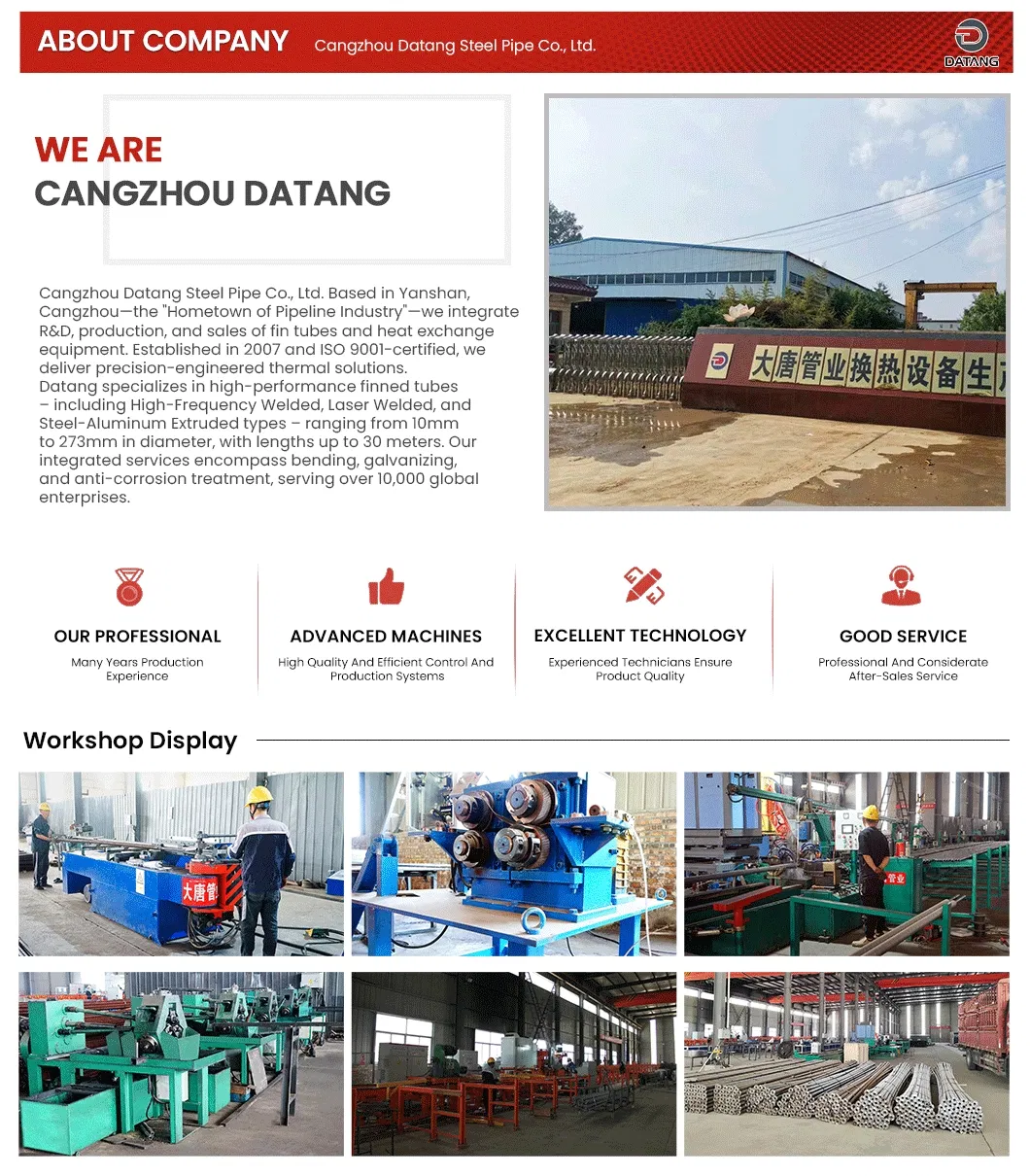
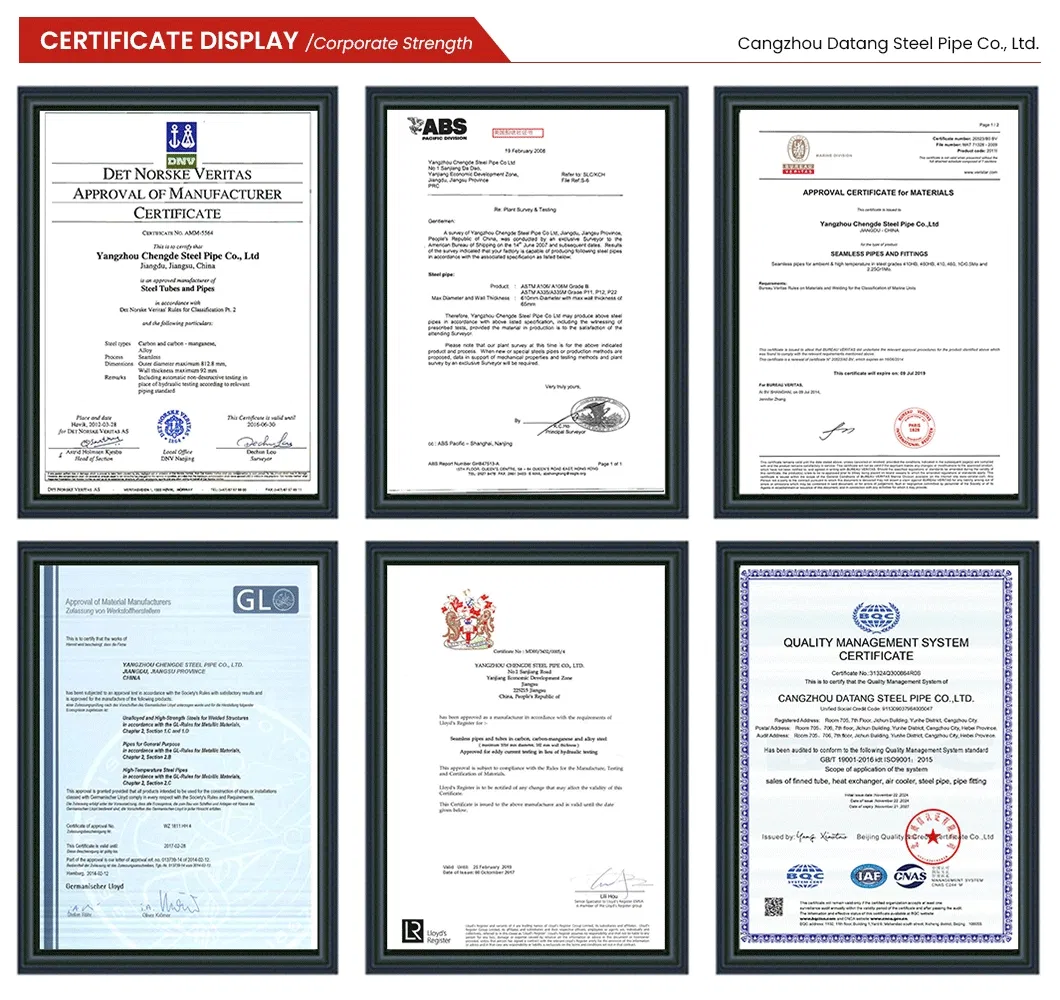
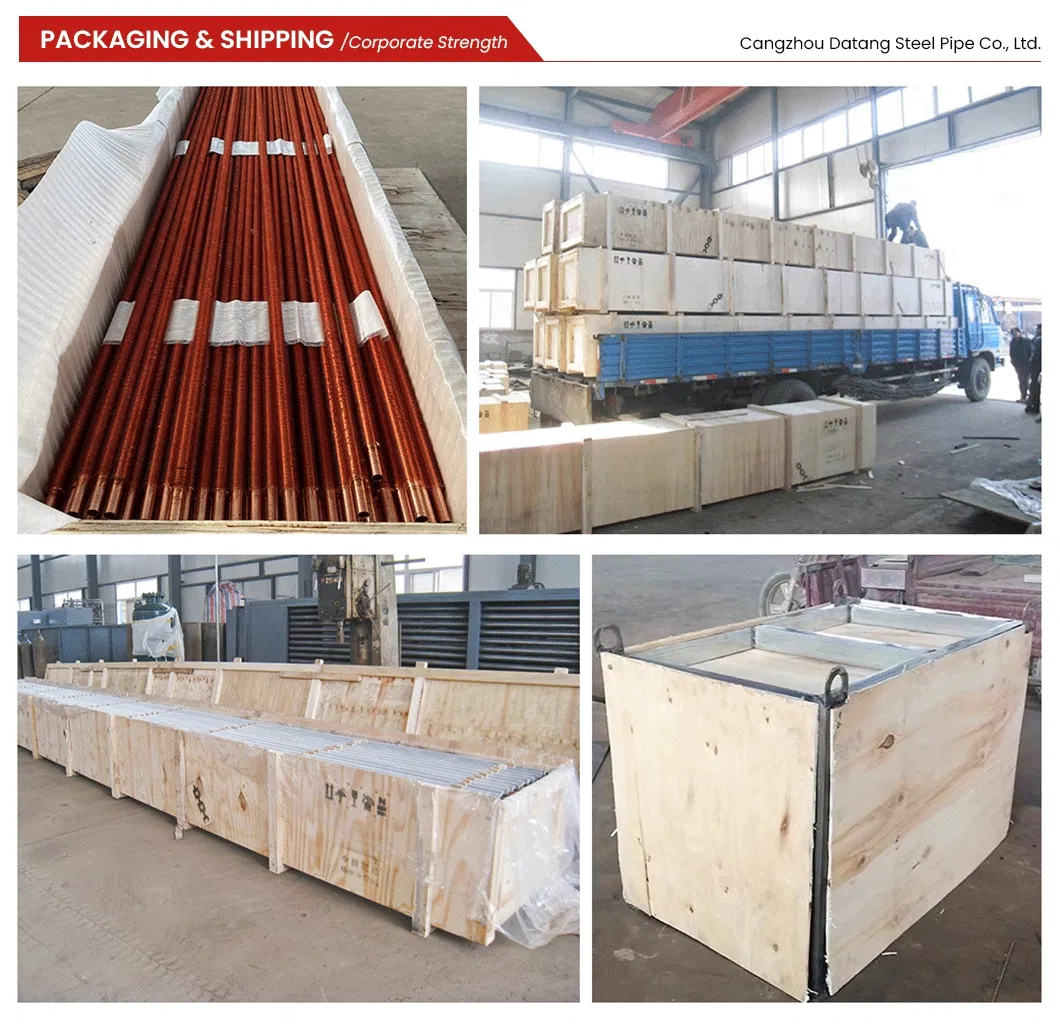
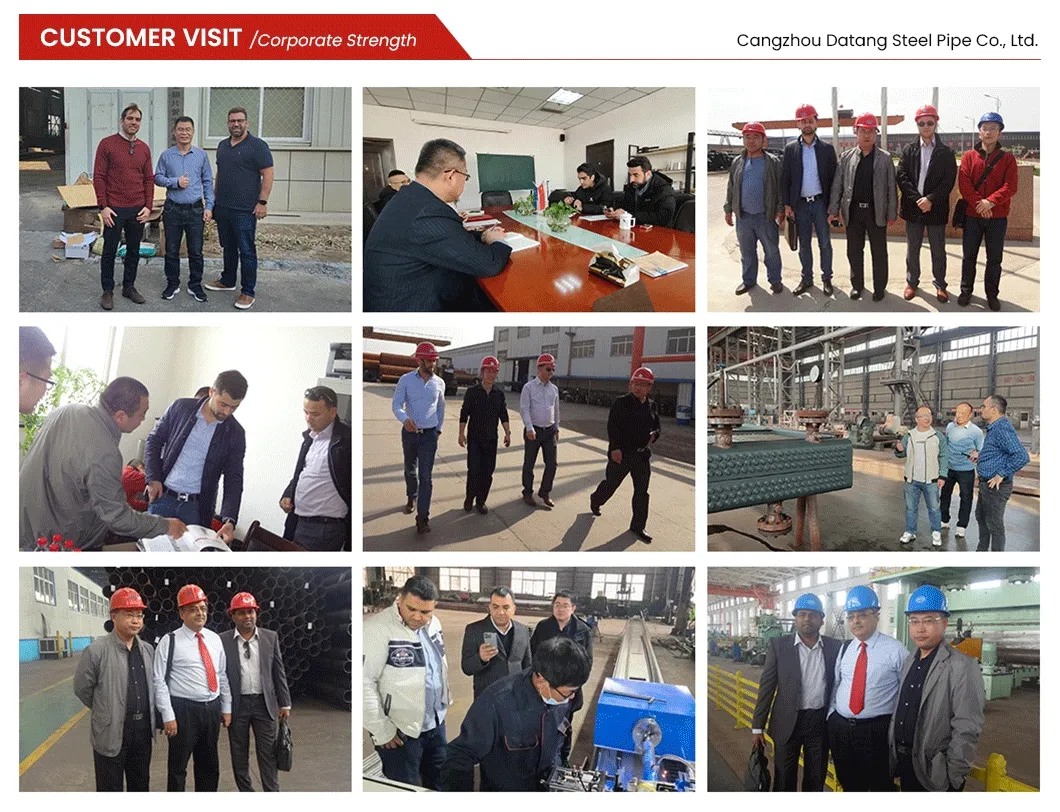
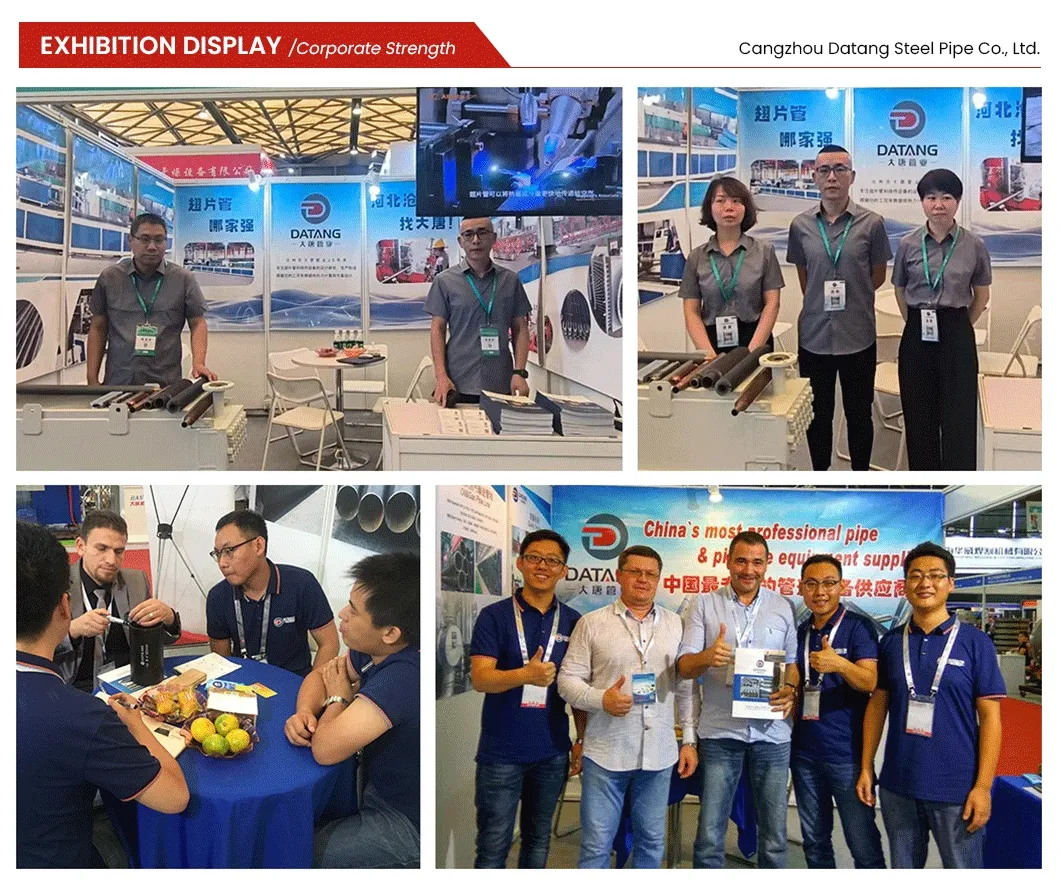
 dtfinnedtube.com
dtfinnedtube.com


